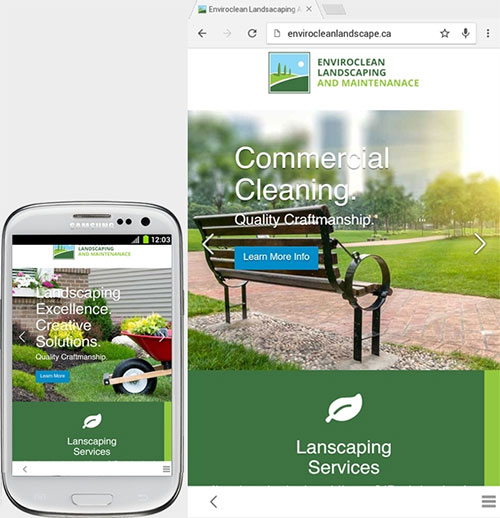
A website that responds to the device that accesses it and delivers the appropriate output for it uses responsive design. Rather than designing multiple sites for different-sized devices, this approach designs one site but specifies how it should appear on varied devices.
Why does it matter?
Clients will soon demand that their site work in all devices, as they should. Who would want their users to have a frustrating experience when viewing their site on a tiny screen? This is why it matters.
Who should care?
Website owners should also care about responsive design. It can greatly impact their wallet in two ways. The first being that they will repel far fewer visitors who access their site with a mobile device. Second, as stated earlier, they can save on development costs by not having to design separate sites for specific devices.
Recommendations
The desktop, mobile and tablet devices and their respective marketing and distribution channels should be treated as separate device categories. Three distinct device categories constitute the “Three Screens” to which entrepreneurs should pay special attention in 2013: desktop, mobile and tablet.